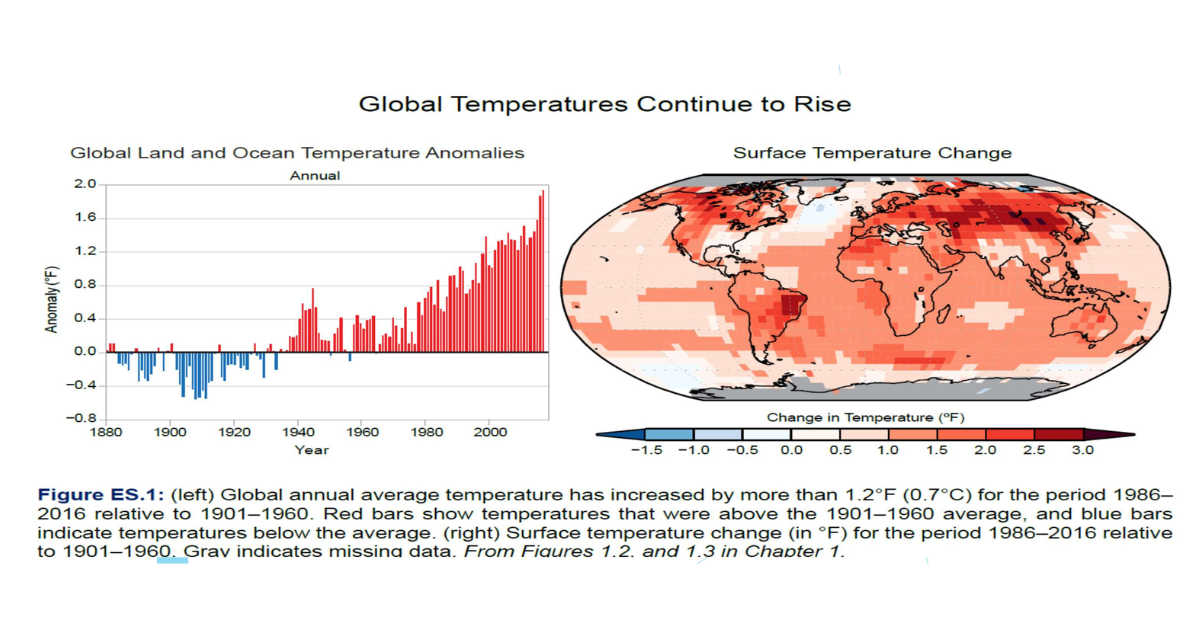Critical developments in Climate Change phenomena
Prof. Sp. Rapsomanikis discusses hydrogen as one of the greenest solutions
26-02-2024

The alarming reports about the detachment of an iceberg in Antarctica, three times the size of New York, as well as the altered coastlines on the island of Delos due to rising sea levels, were the occasion for an interview with Mr. Spyros Rapsomanikis, Head of the Environmental and Networking Technologies and Applications Unit at the Athena Research Center and Professor of Atmospheric Pollution at the Democritus University of Thrace, on the IN Business show with journalist Maria Smilidou on the Naftemporiki channel.
Prof. Rapsomanikis stated that measurements of average annual temperature show that we have already reached the limit of temperature increase expected for 2050, exceeding dire predictions and sounding the alarm bell. He further emphasized that for an accurate assessment of the situation, real measurements should be taken into account, as algorithms created for this purpose seem to be malfunctioning.
The COP 28 (Conference of the Parties) on climate change put issues of environmental justice into practical dimension. Greenhouse gas emissions, responsible for climate change, are generated by large industrialized countries, while small countries are being affected. The United Arab Emirates, leading the conference, declared that they will sell liquefied gas instead of oil, which, however, as Professor Rapsomanikis stated, causes the same environmental damage as all other fossil fuels that produce greenhouse gases.
A solution, as Prof. Rapsomanikis mentioned, is a shift towards renewable energy sources (wind turbines, photovoltaics), which, however, are not so perfectly harmonized with the environment and have an expiration date.
The most ecological solution is green hydrogen, a solution though that, for now, is expensive. Efforts currently underway focus on producing cheap hydrogen. Hydrogen burns with oxygen and produces water. The earth is a watery planet, as 75% of its surface is water.
The goal that Professor Rapsomanikis's team is working intensively on is the production of cheap hydrogen without intermediate renewable energy sources.